
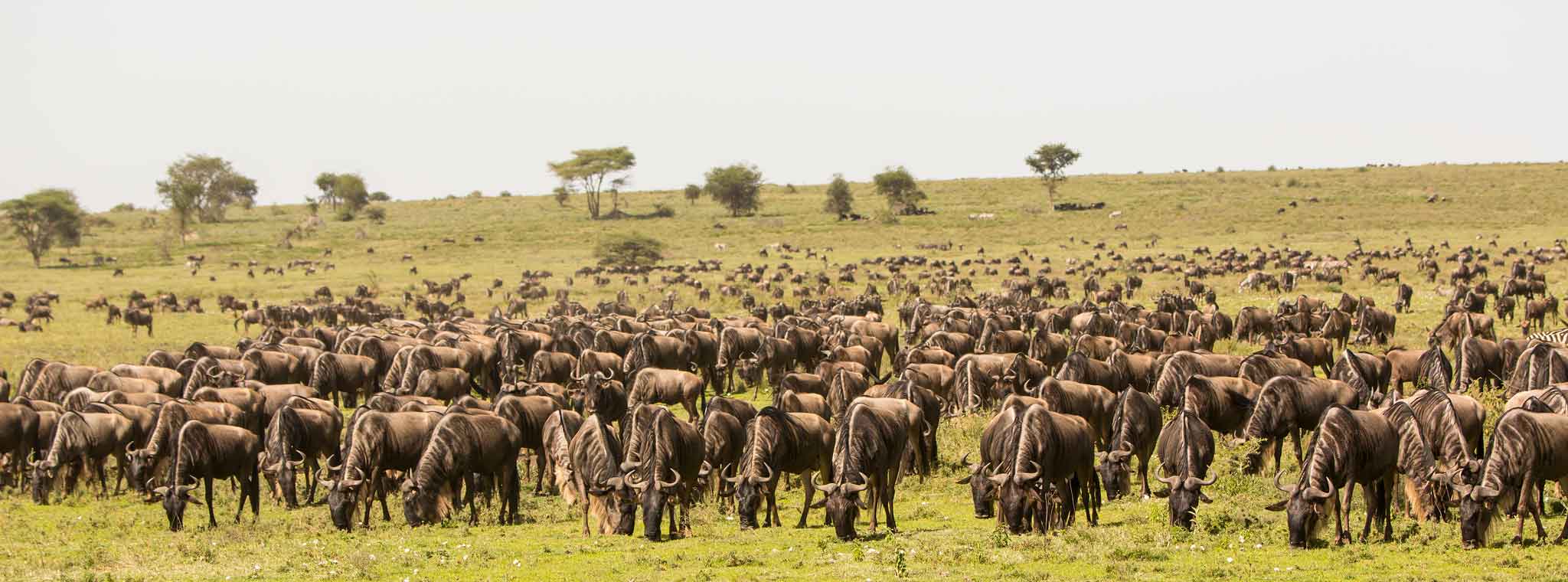
The Birthing Grounds
Each February massed herds of wildebeest gather on the mineral rich grasslands of the Serengeti to give birth.
The two-week window of the mass birthing creates rich opportunities for predators.


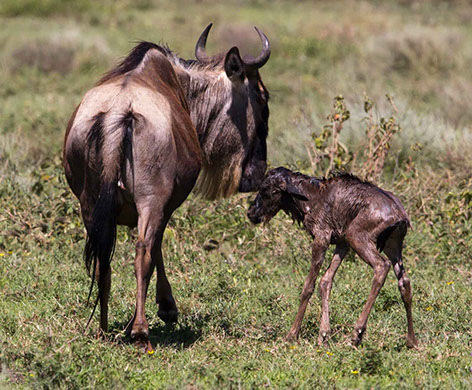
New-born Calf
A new-born wildebeest calf stands on wobbly legs minutes after birth.
Its survival will depend on being a quick learner to walk and run. Lost calves are quickly dispatched by predators following the herd.




Agama Lizards
Agamas doing a little body temperature maintenance on rocky outcrops. The male is resplendent in his red and blue livery.
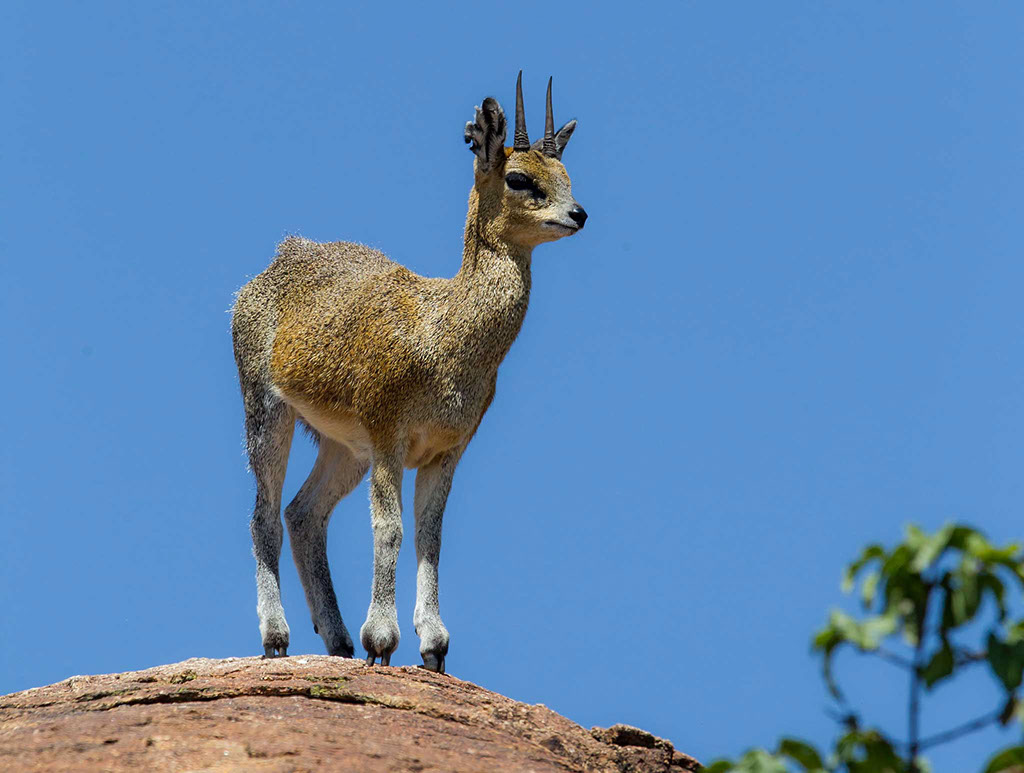
Klipspringer
A male klipspringer on predator watch on a rocky outcrop.

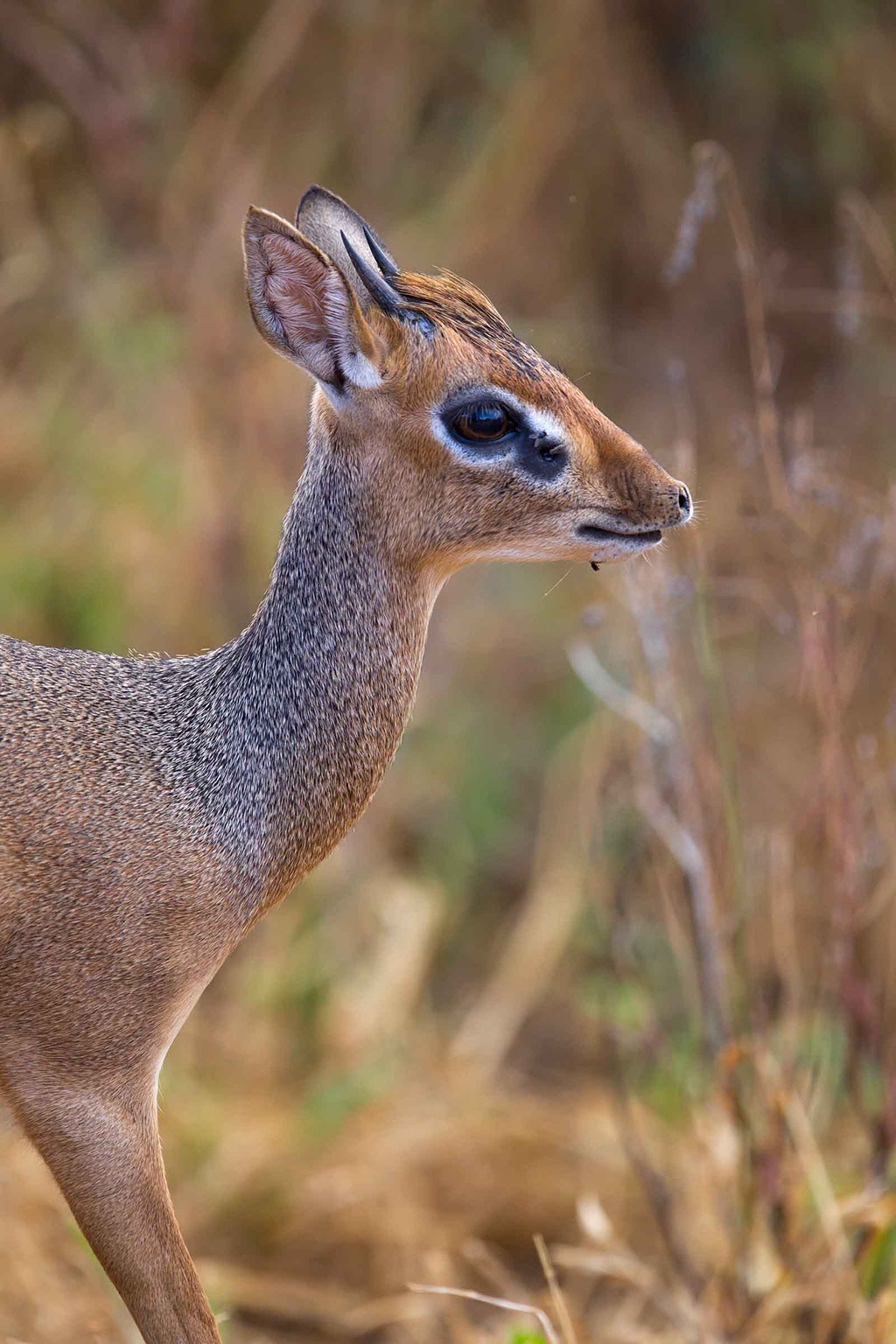
Dik-Diks
A female above and a male below.

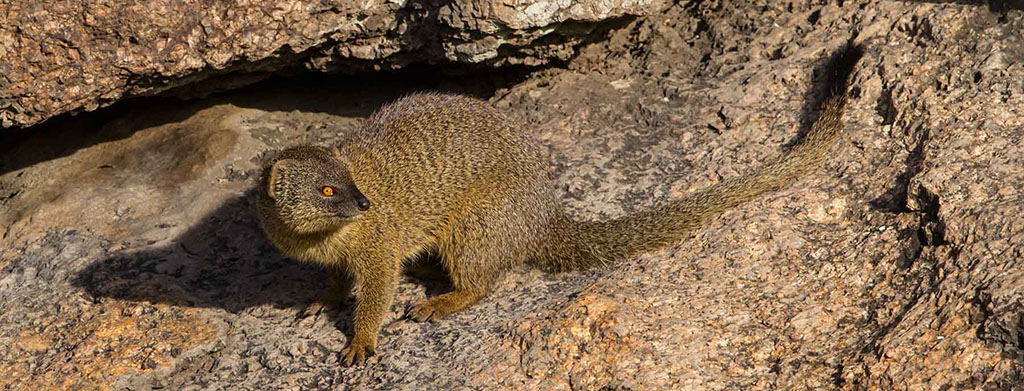
Mongoose

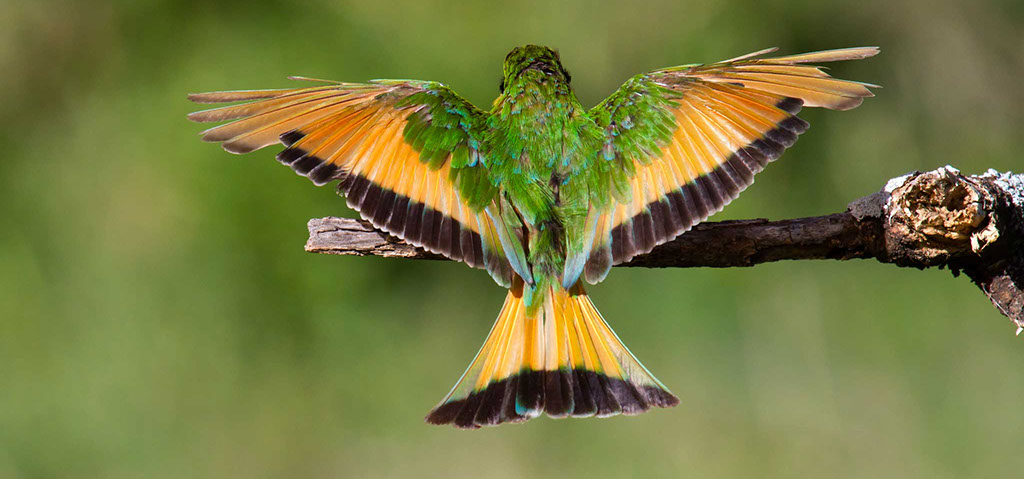
Little Bee-eaters

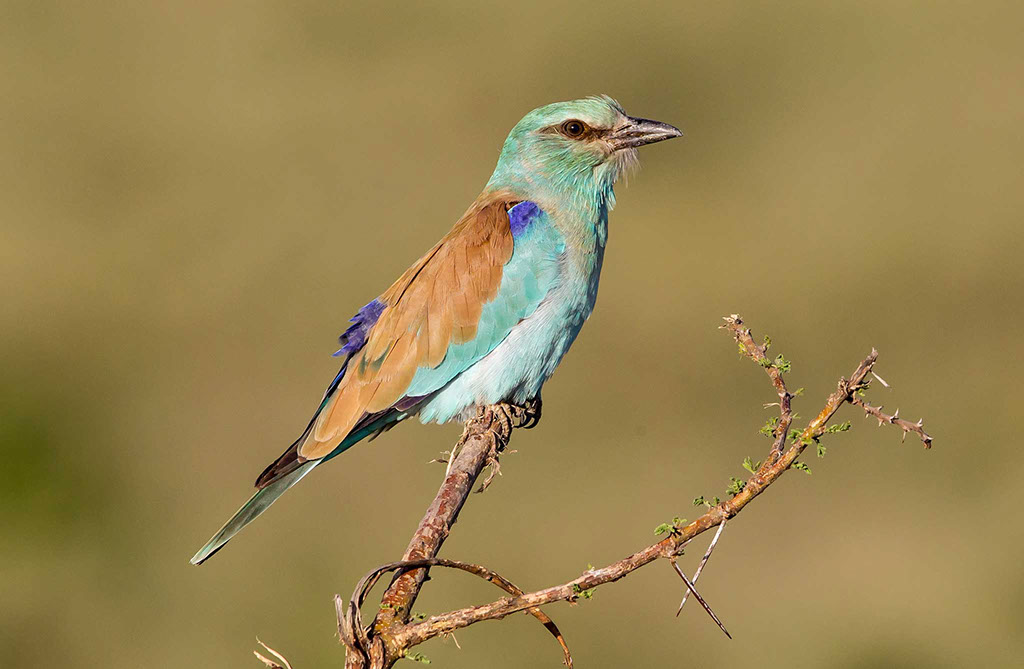

European Roller

Kori Bustard


Vulture Line Up
It was early morning and lions had taken down a wildebeest. These vultures were waiting for the lions to depart before approaching the carcass. The birds with black bills are African white-backed vultures and the ones with the yellow bills are Ruppell's griffon vultures

Lappet-faced Vulture - left
Ruppell's Griffon Vulture -
right
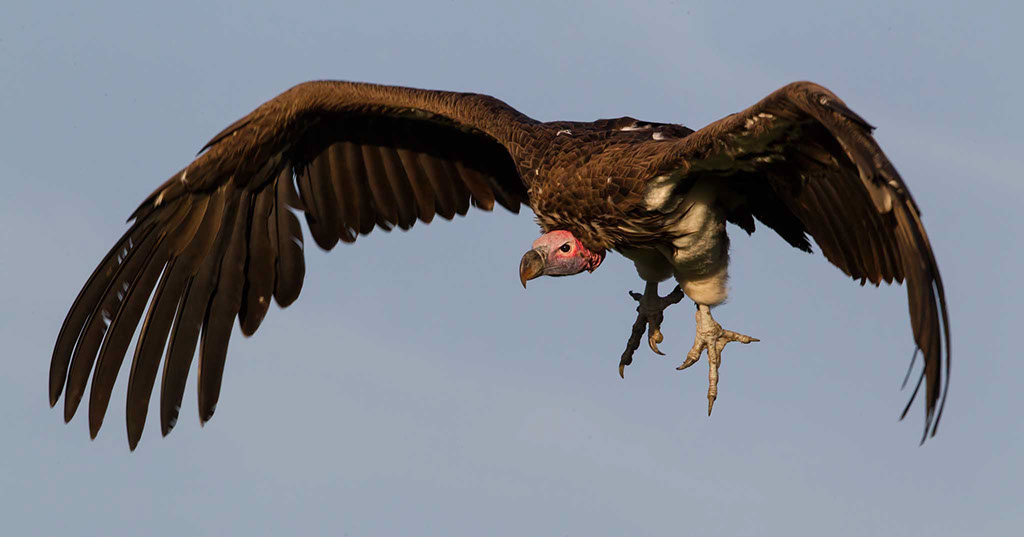
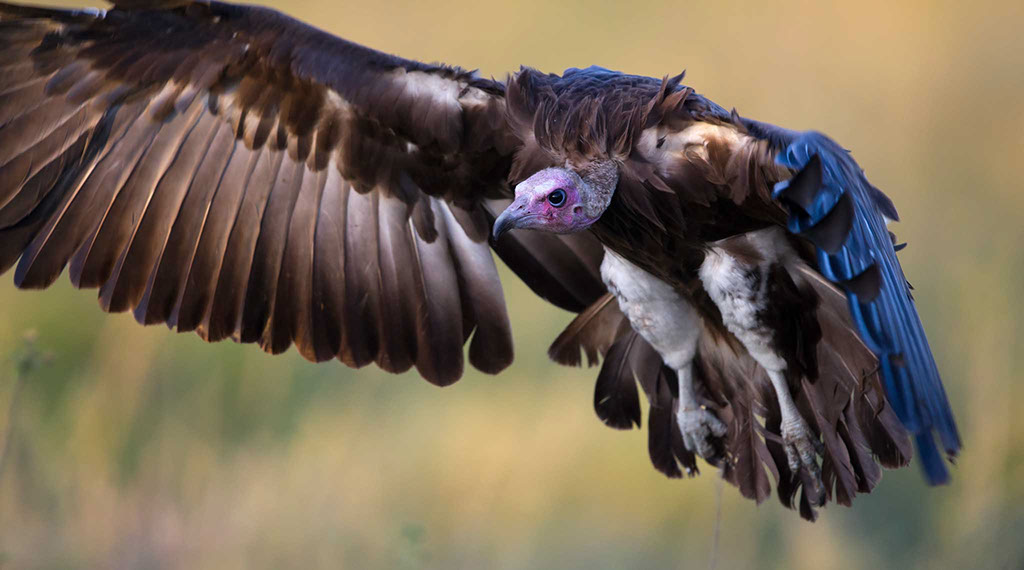
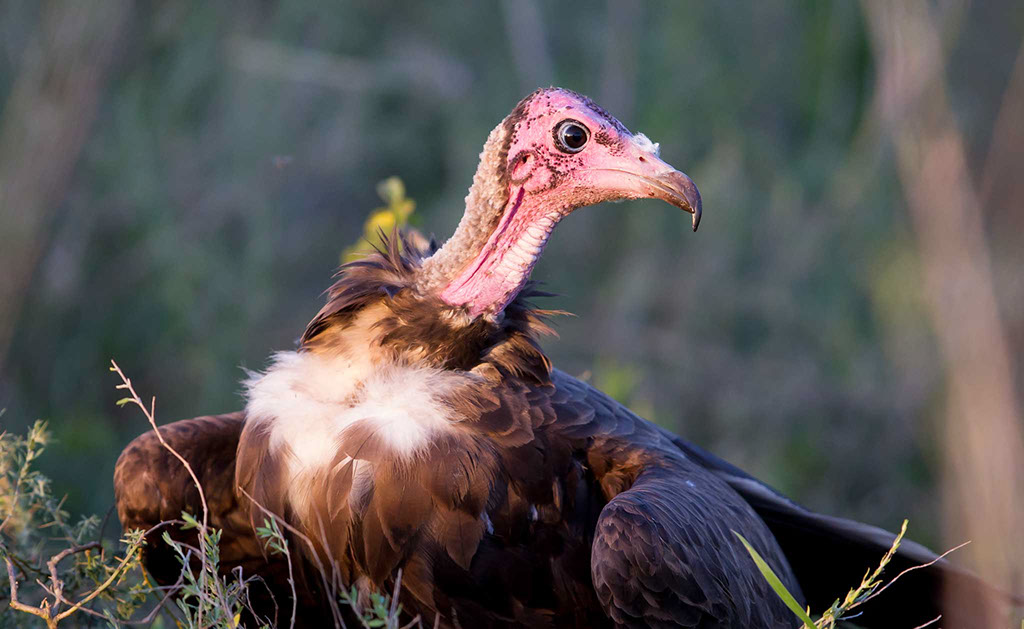

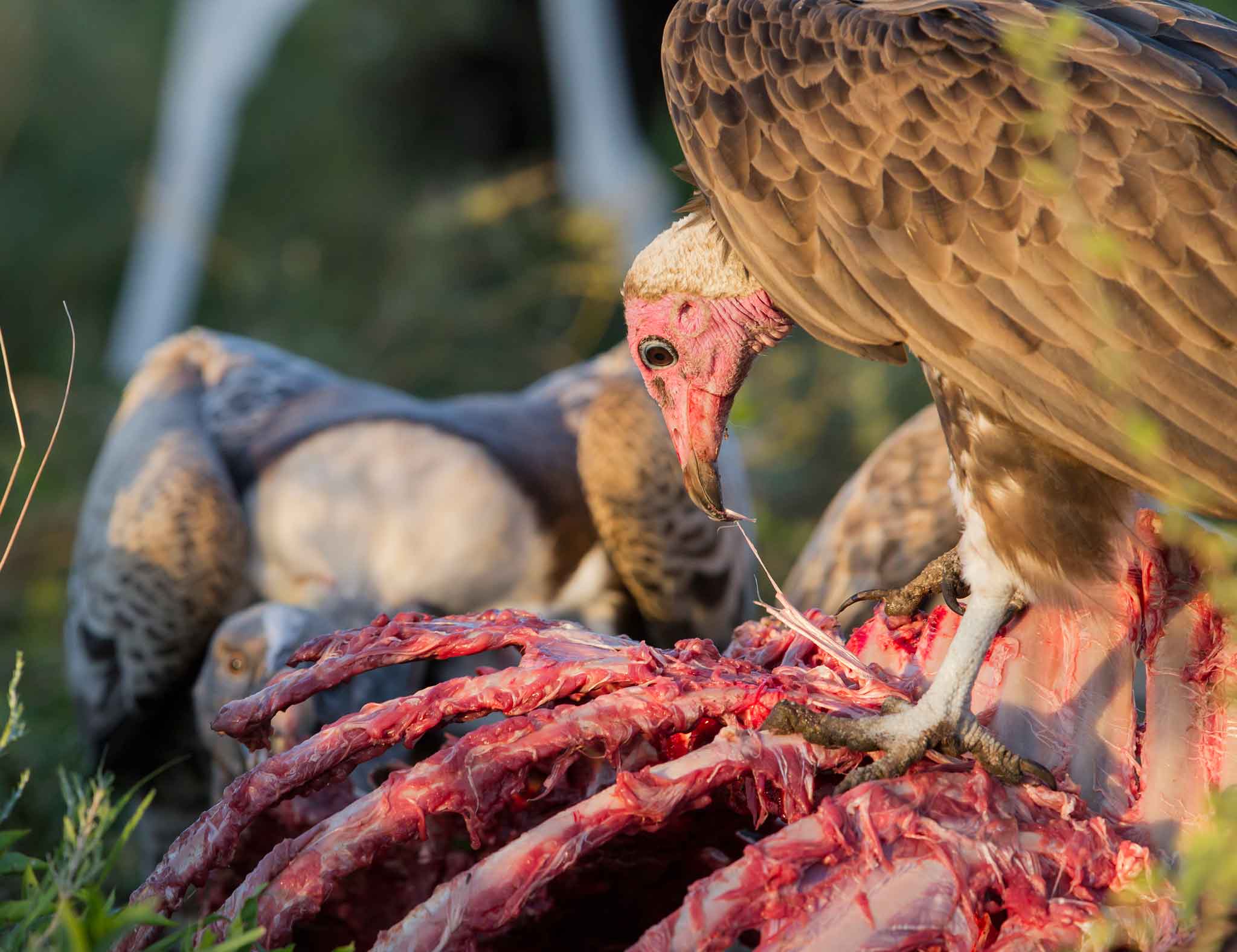
Lappet-faced Vulture
On a wildebeest carcass.
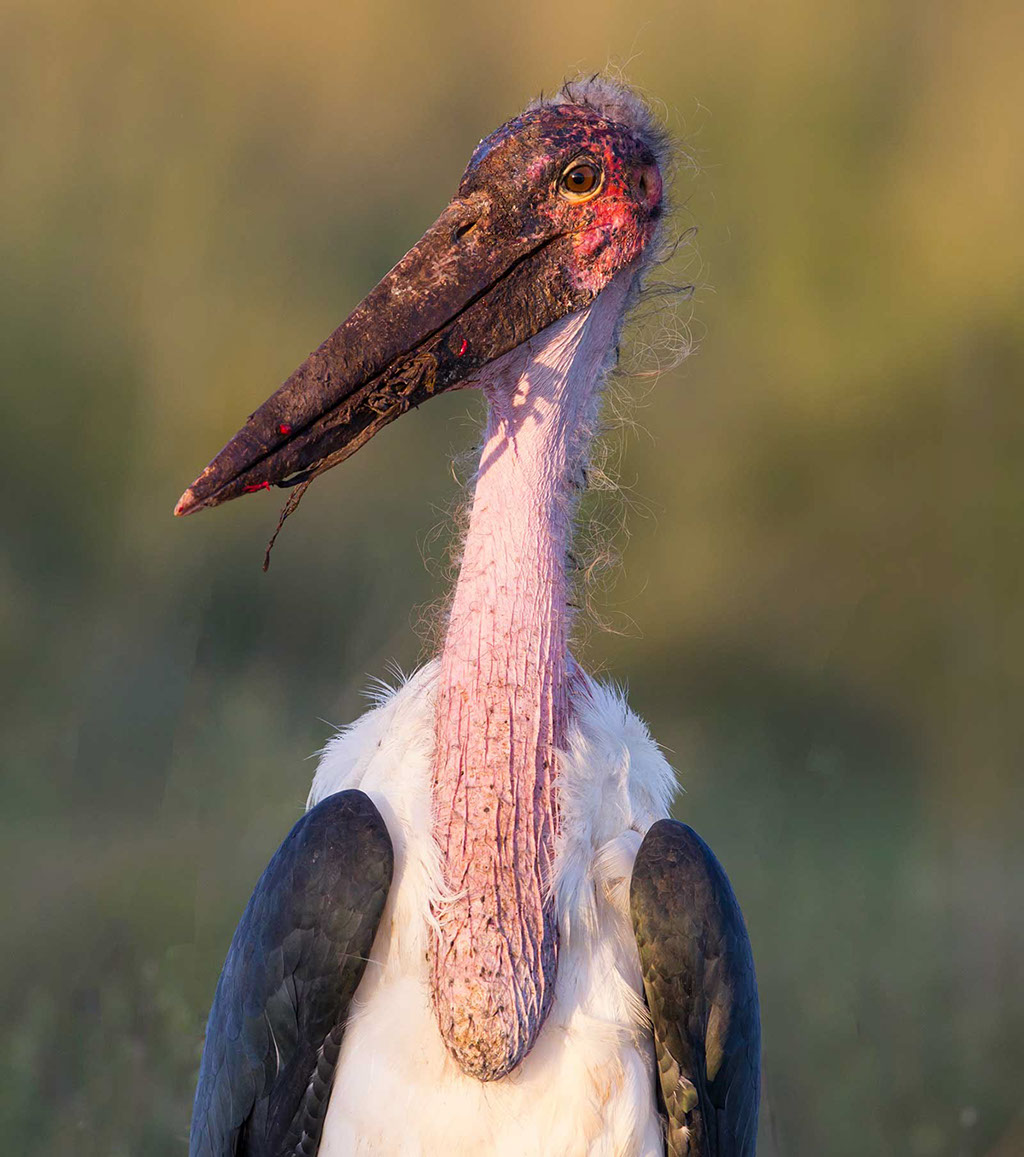
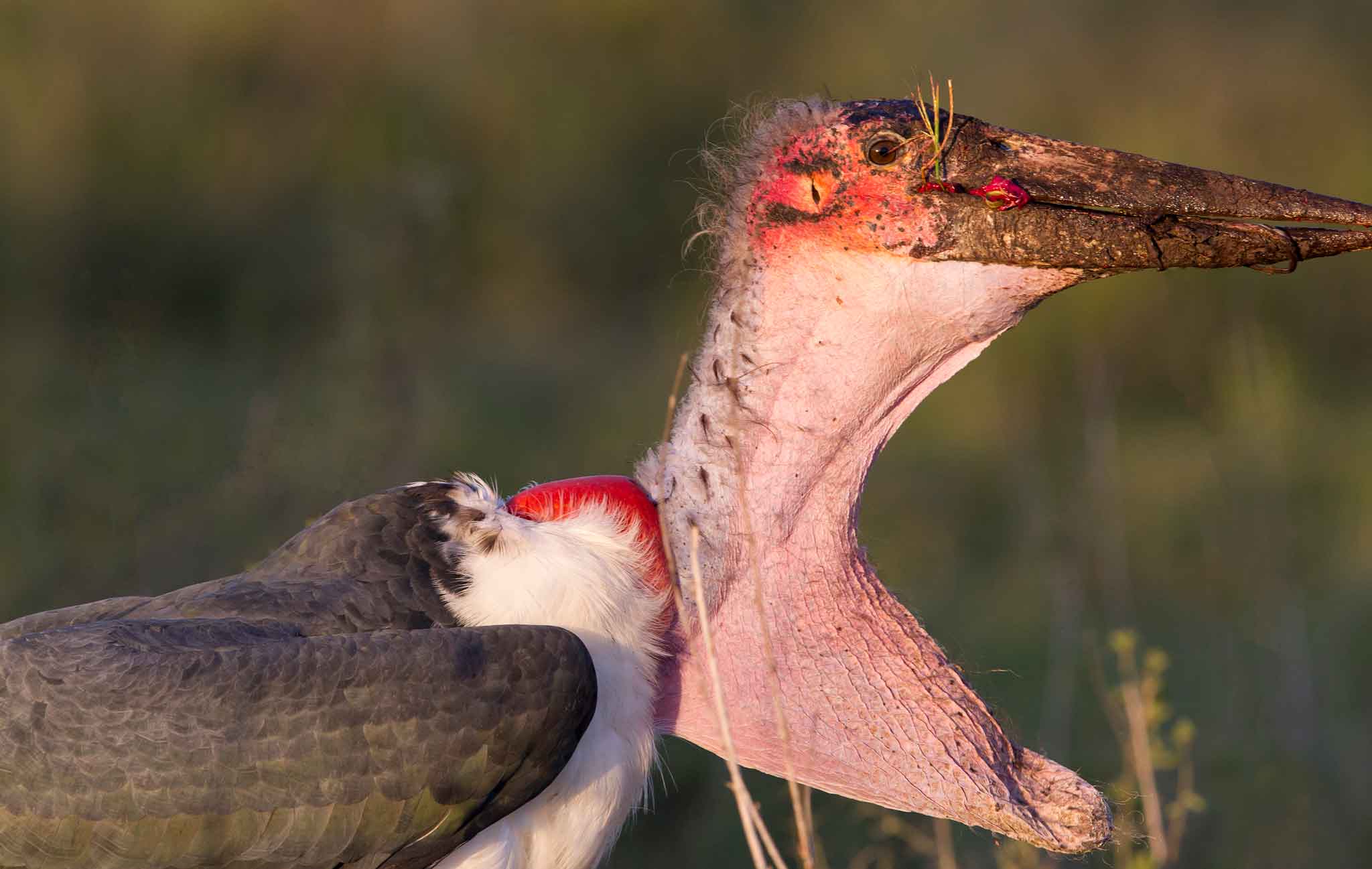
Marabou Stork
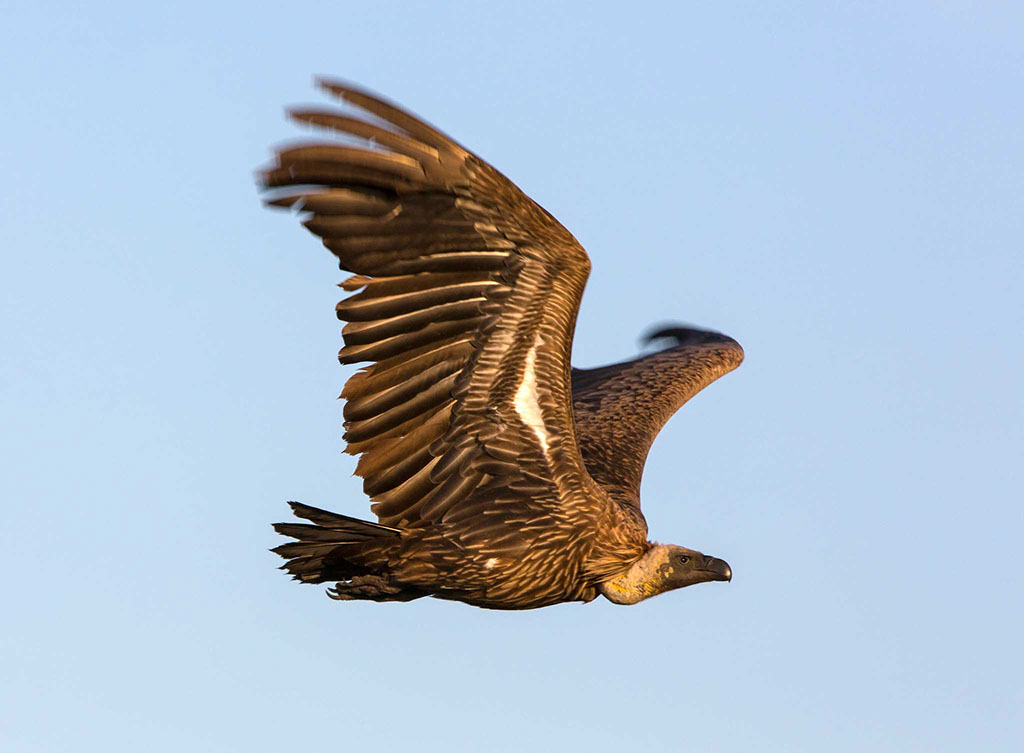

African White-backed Vultures
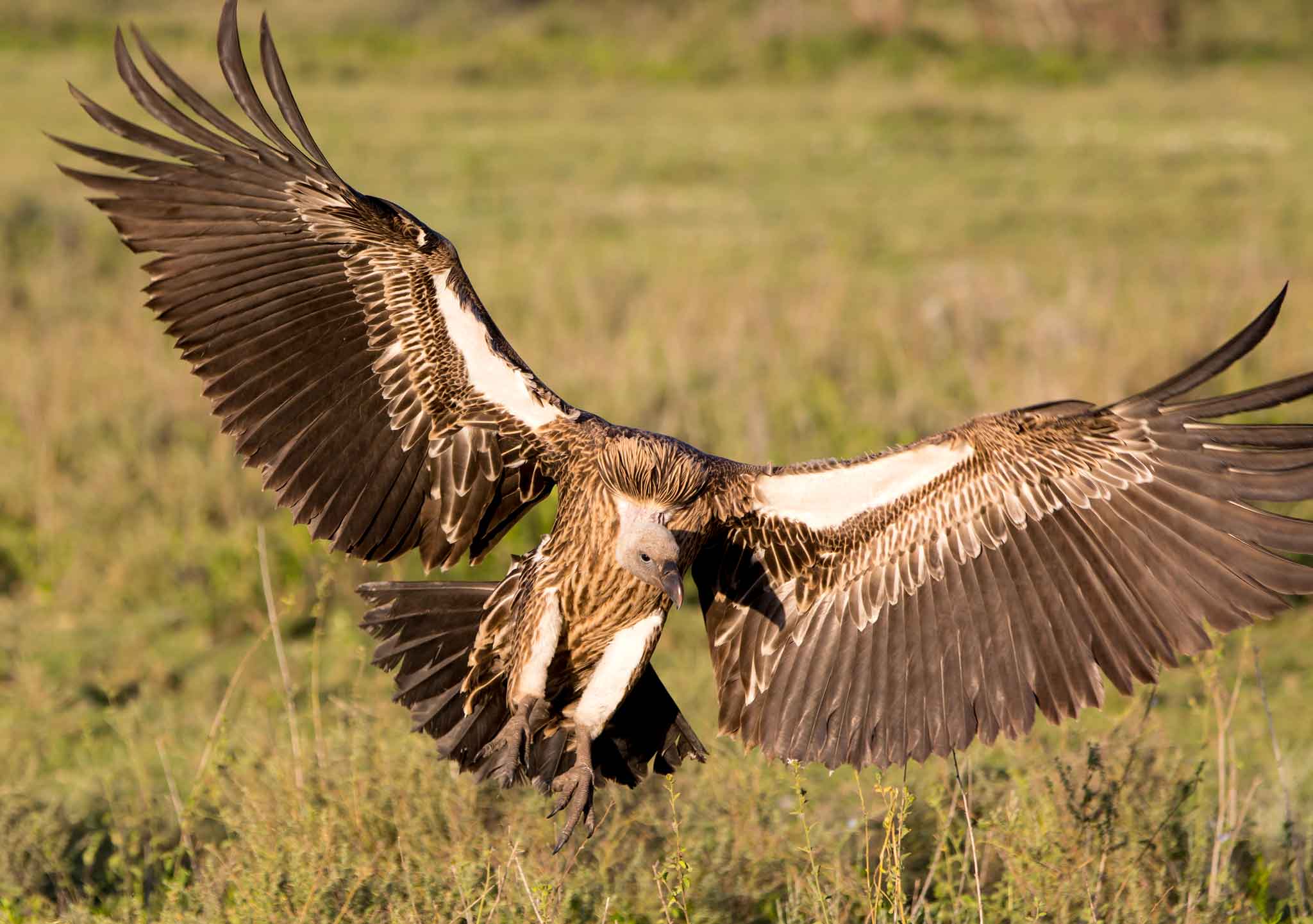

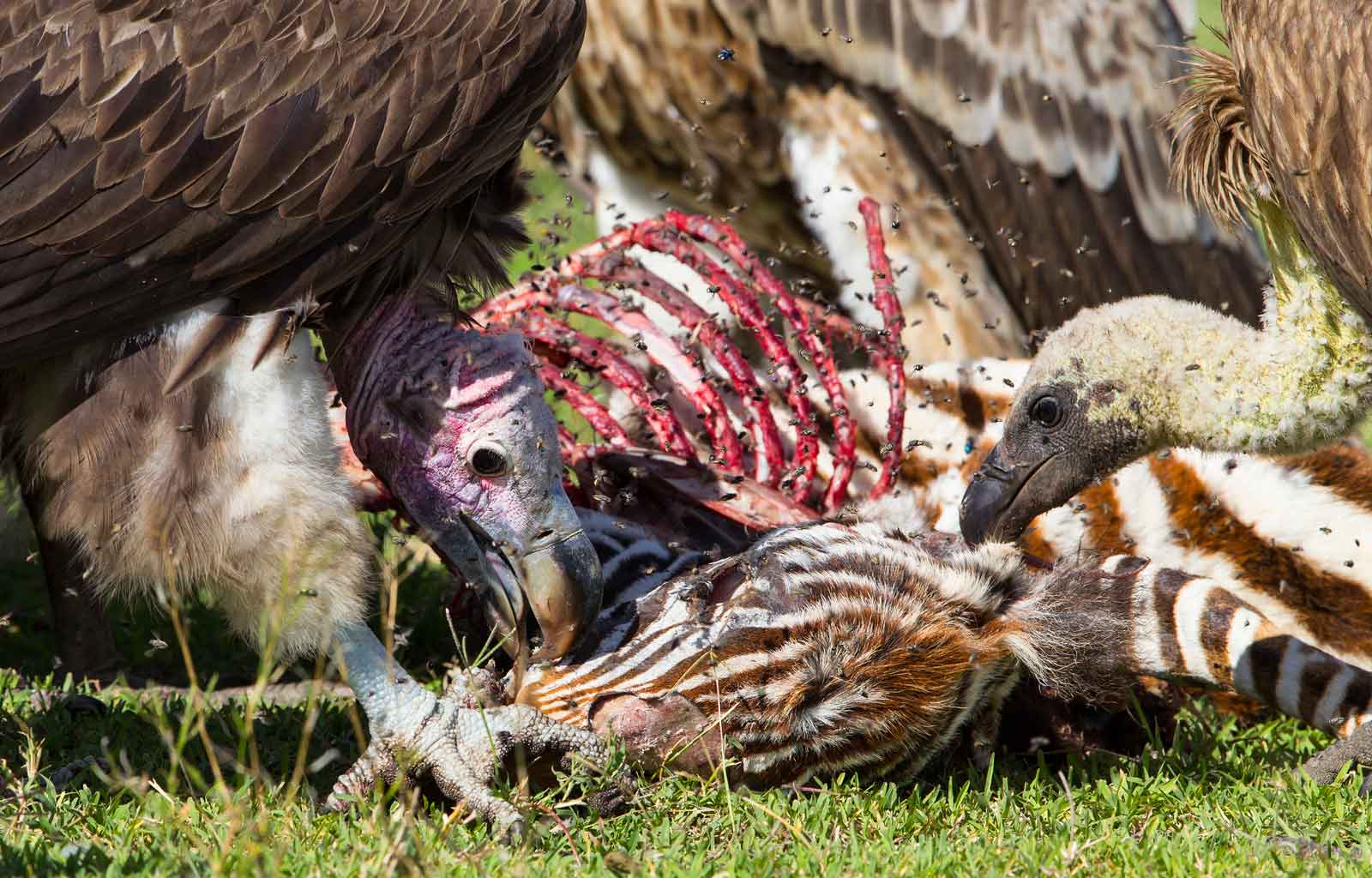
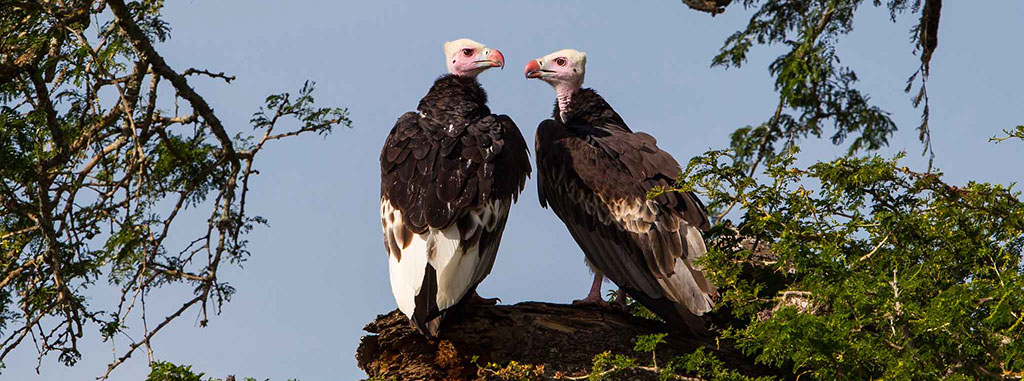
White-headed Vultures

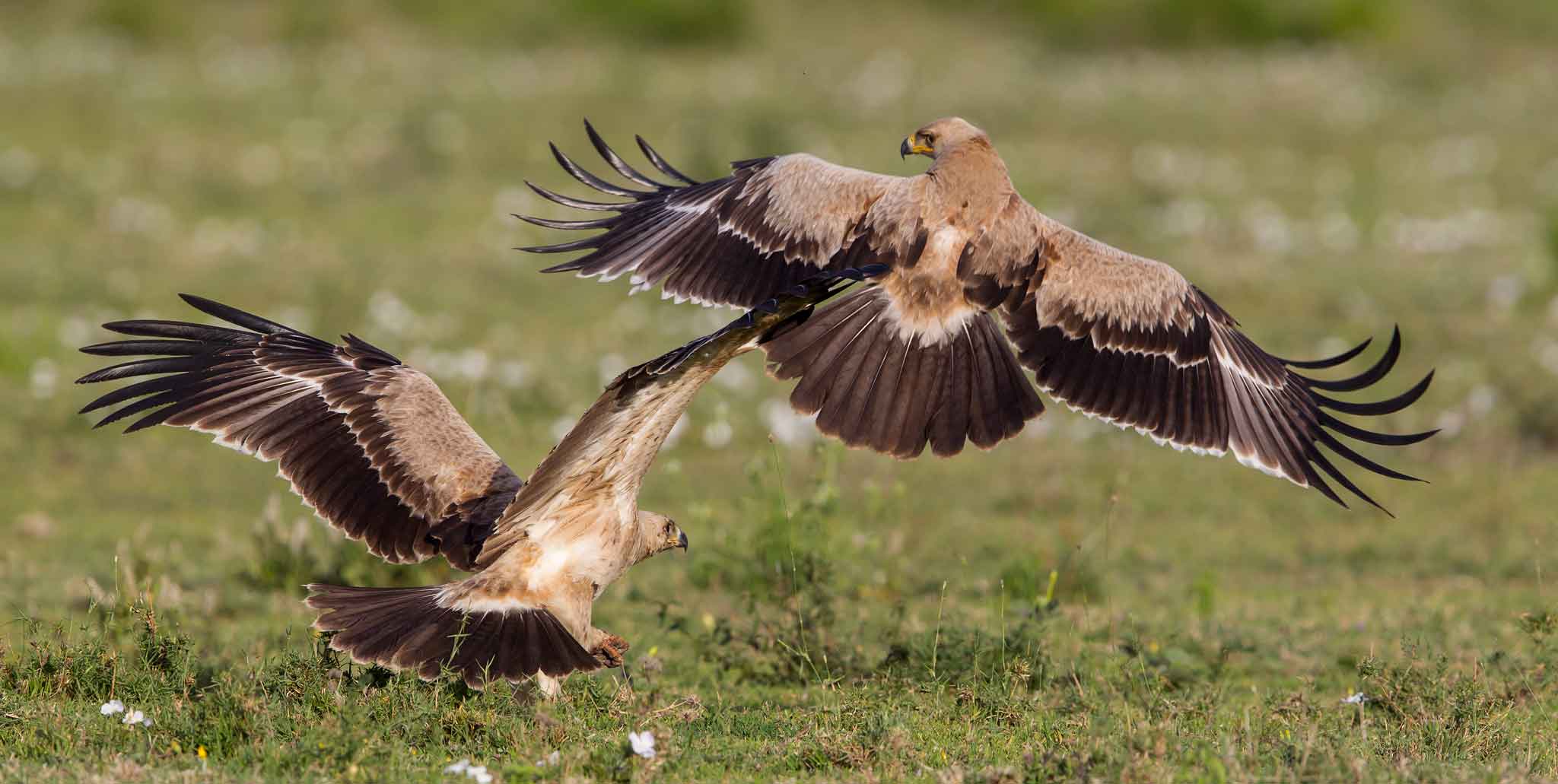
Tawny Eagles
Light colour variants.

Grey Crowned Cranes
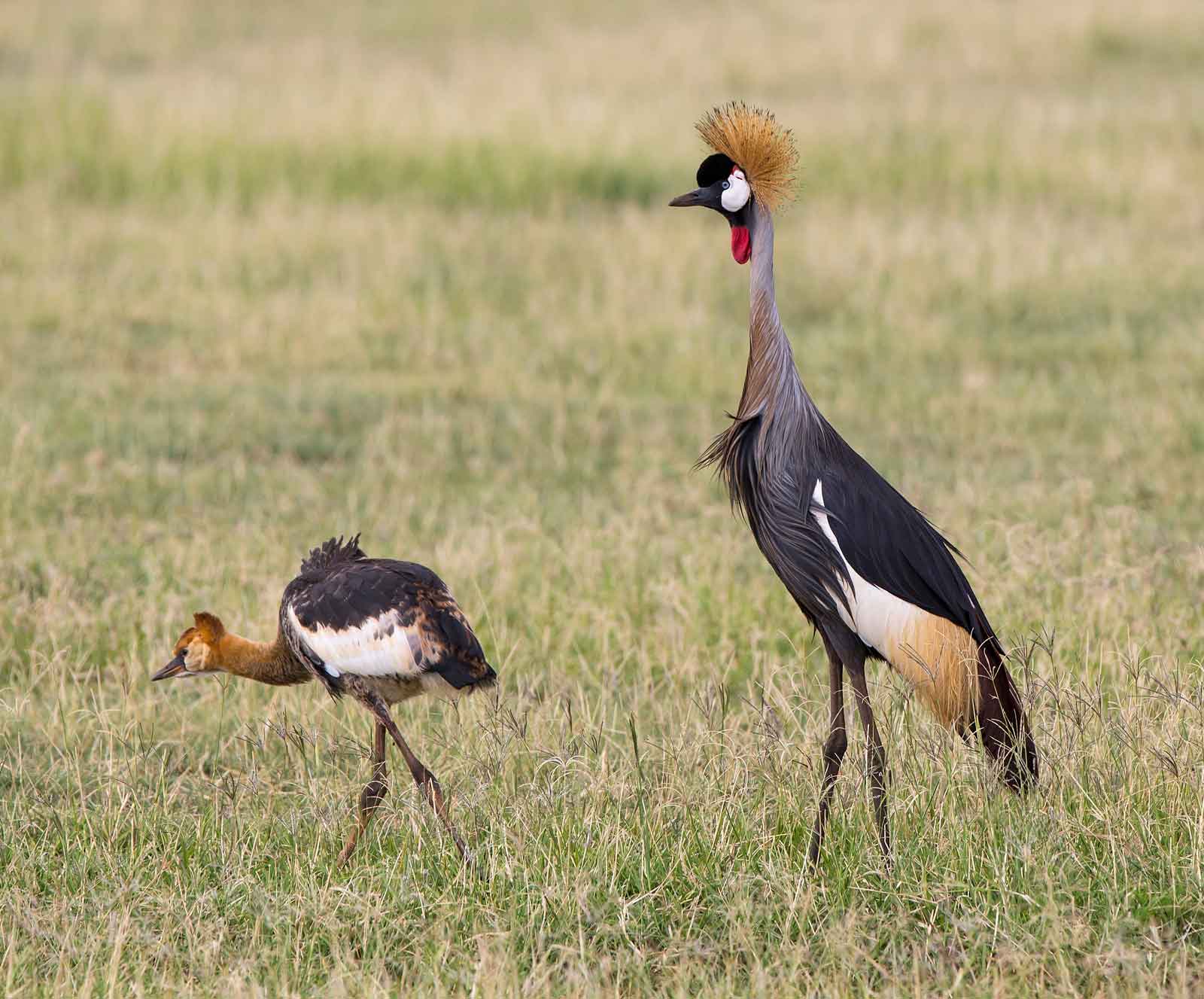

Serengeti Sunrise



Predator's Embrace
A hope is lost in this predator's embrace.